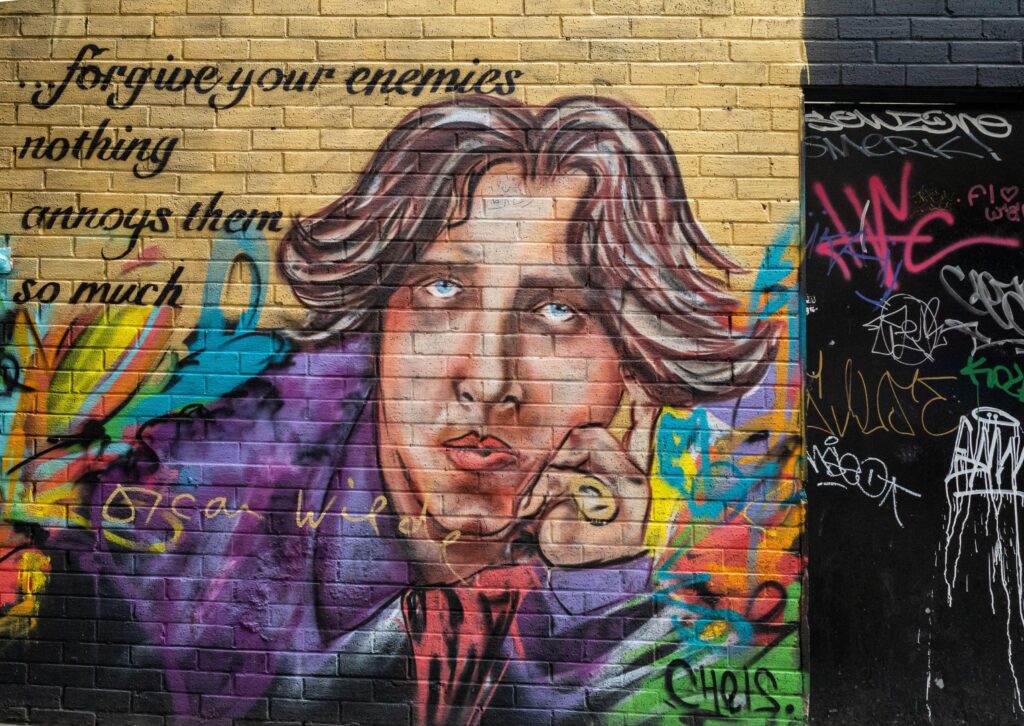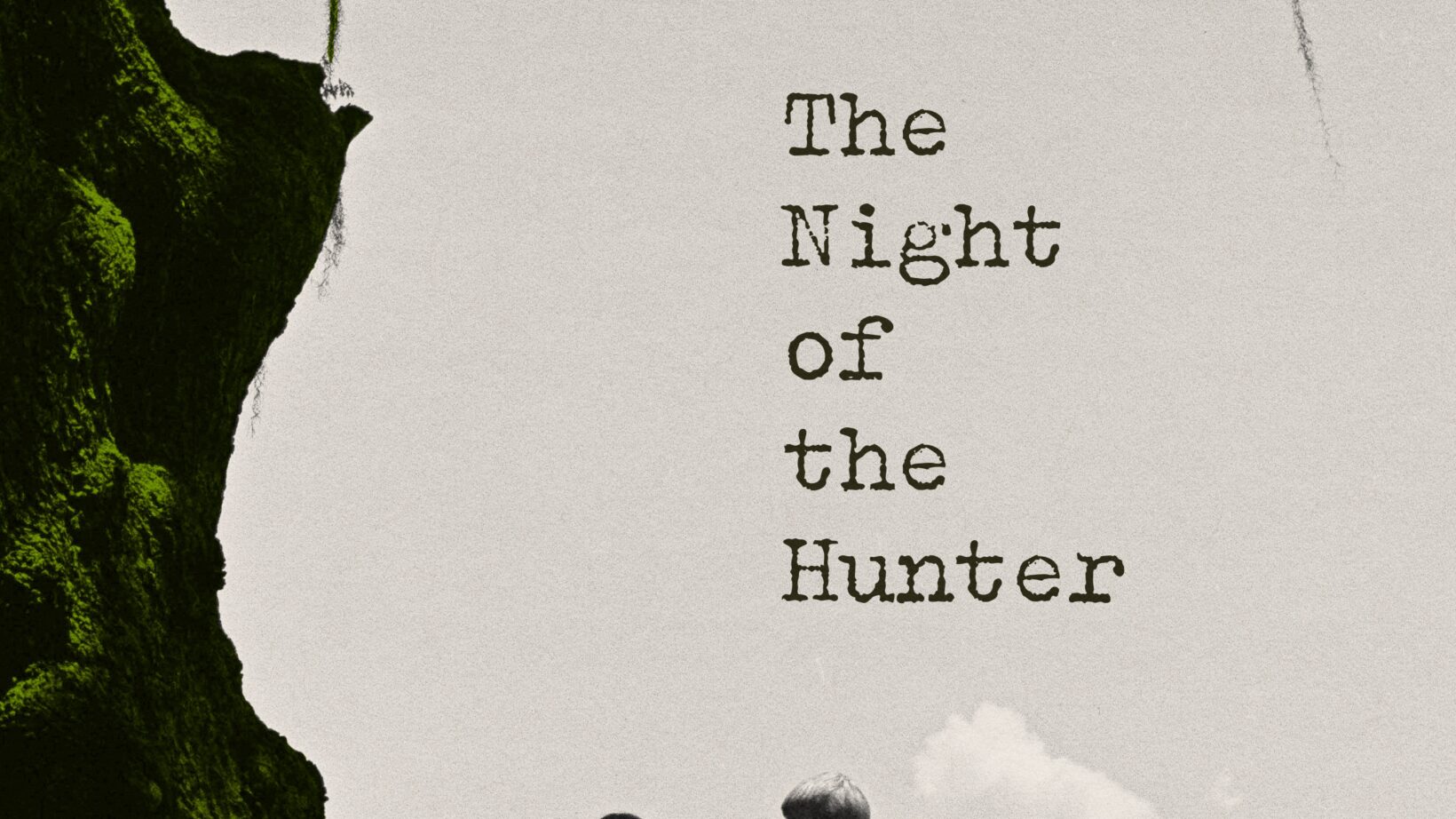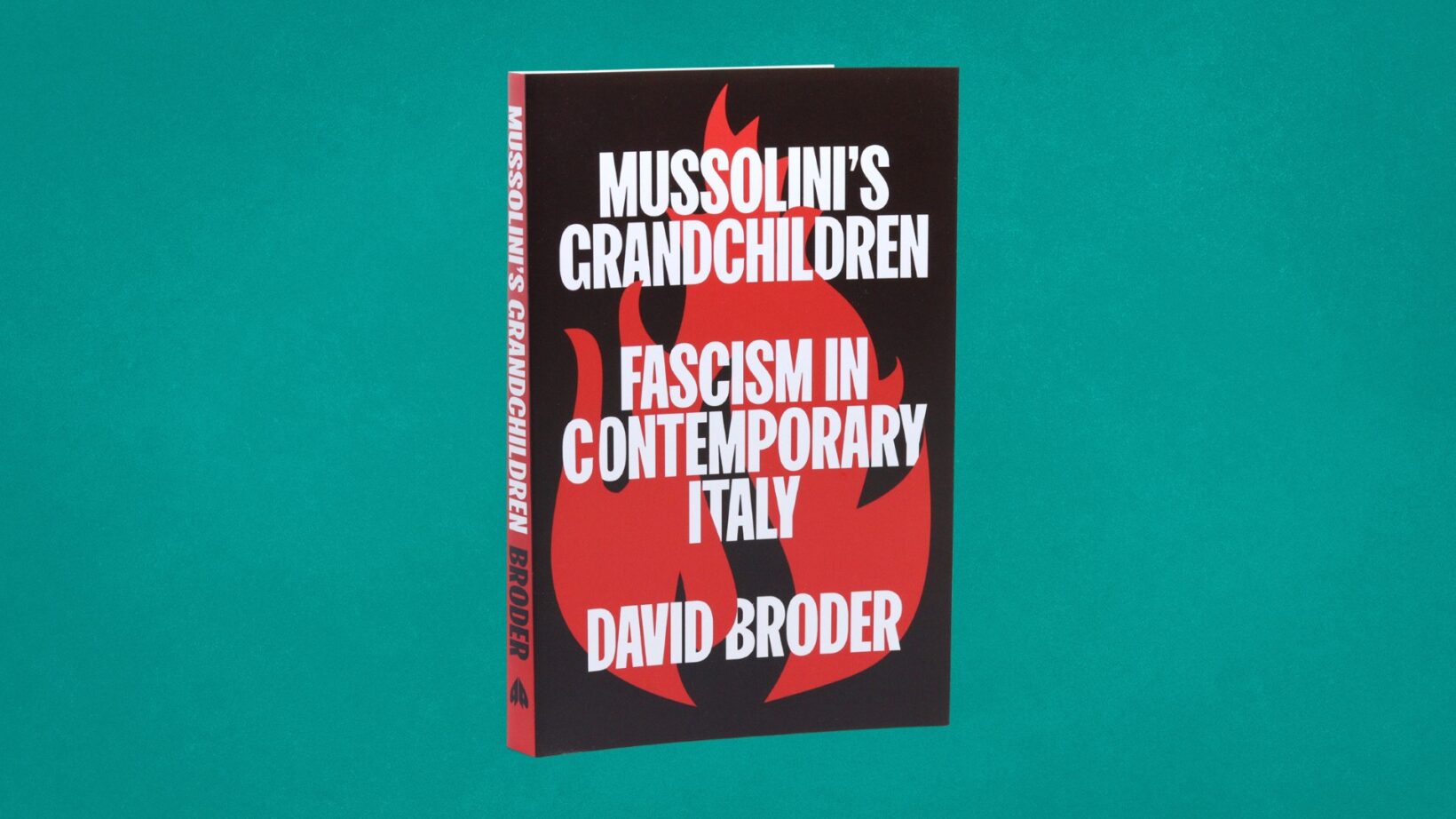Throughout its history, the LGBTQ movement has used art to change public perceptions and challenge the status quo.

– Andy Soloman/Alamy Stock Photo
“Art should be something that liberates your soul, provokes the imagination and encourages people to go further,” American pop artist Keith Haring said.
In February, LGBT History Month celebrates the artists who combined creativity with politics; a call to action and a wake-up call out of apathy. Haring is a case in point, with his iconic dancing figures which drew attention to the Aids crisis in the early 1980s. At the time, there was much stigma attached to the condition, as it was originally identified as a “gay disease” because gay men were one of the primary groups afflicted.
After being diagnosed with Aids in 1988, Haring established the Keith Haring Foundation to raise money and provide art to Aids organisations and children’s programs. The artist used his imagery during the last years of his life to speak about his illness and to generate activism and awareness about Aids.
In 1989, Haring paint a mural for A Day Without Art which was commemorated by 600 art institutions alongside the World Health Organisation’s second annual Aids Awareness Day. The following year, Haring died of Aids complications.
Art and politics have always been inextricably entwined. Because of its expressive nature, art has become integral to many social and political movements in history, especially the LGBTQ movement.
Couching one’s message in the form of a beautiful melody or breathtaking prose can in reaching out to people who might be turned off by a political speech or polemic.
Art in politics can also be used by the right as well as the left. The National Socialists used art in promoting the visual depiction of the ideal man and woman – the Aryan race. Hitler, a failed artist himself, hated modern art, which he called “degenerate”.
In ‘The Work of Art in the Age of Mechanical Reproduction, Walter Benjamin, the German philosopher and cultural critic believed that fascists sought to aestheticise politics. The Nazi propaganda machine carefully stage-managed the torch-lit National Socialist marches, putting on the Große Deutsche Kunstausstellung (Great German art exhibition) in 1937, with its idealized peasant families and heroic war scenes. In the 1930s, Leni Riefenstahl directed the Nazi propaganda films Triumph des Willens (Triumph of the Will).
American writer and political activist Susan Sontag thought that Triumph of the Will was the “most successful, most purely propagandistic film ever made.”
As a response to the fascist attempt at appropriating art, with a very restricted vision and ideology, progressives from the left sought to redress the balance.
A British artist, largely forgotten now, was greatly influenced by her politics, which informed her art. Doris Brabham Hatt was a modernist artist and activist during the 1930s, drawing influences from cubism and abstraction. Over 50 years, her work was shown at 40 exhibitions. Her interest in politics was awakened by witnessing the levels of poverty in London. She joined the Communist Party in 1935 after the rise of fascism, particularly the threat of Oswald Moseley’s Blackshirts. Two years later, she and her partner Margery Mack Smith, a weaver, visited Russia for the Pushkin Centenary Jubilee celebrations in Leningrad and Moscow.
Hatt stood as a Communist Party candidate at a time when there were no female council members. Not surprisingly, she was unsuccessful. However, at their home, designed in a Bauhaus style, the two women gave free art classes to the local community and gave lectures on art. After her death in 1969, Hatt’s art was largely forgotten, and her family was anxious to remove any reference to her sexuality, burning much of her personal correspondence. Fortunately, her partner was able to rescue some of her drawings and sketchbooks for posterity.
At the Queer British Art (1861-1967) exhibition in London’s Tate Britain in 2017, art historian Caroline Gonda explored the role of sexual politics in LGBT art, with works having “a sense of the hidden, the possible and the just-out-of-sight, whether in the realm of the visible/hidden body or the more distant realm of unseen desires, identities and relationships.”
William Strang’s Lady with a Red Hat portrait, created in 1918, depicts a dark-haired woman with bobbed hair, looking out directly at the viewer. It’s a bold image, showing the new woman of the Edwardian era, freed from the Victorian corset, and the beginning of female emancipation. 1918 is very significant, as this was the year when the Representation of the People Act was passed. This allowed women over the age of 30, who met a property qualification, to vote. Although 8.5 million women met the criteria, this represented only about two-thirds of the UK female population.
Strang’s portrait seems straightforward on first glance, but looking beneath the surface to unravel deeper meanings, a radical message appears. The colour red signifies revolution. The Russian Revolution had started the year before in 1917. Red is also the symbol of desire and passion – in this case, forbidden desire. The woman in the portrait is the novelist Vita Sackville-West, who scandalised society by running away to Paris with her lover, Violet Trefusis.
Later on in life, Sackville-West would have a ten-year love affair with Virginia Woolf. The relationship inspired what Nigel Nicholson, Sackville-West’s son called “the longest and most charming love letter in literature.
Describing the genesis of the book, Woolf wrote to Sackville-West, that she “dipped my pen in the ink, and wrote these words, as if automatically, on a clean sheet: Orlando: A Biography… But listen; suppose Orlando turns out to be Vita; and it’s all about you and the lusts of your flesh and the lure of your mind.”
The book Orlando has been called the first trans novel, which follows the eponymous hero’s life over four hundred years, encompassing a gender transformation from a teenage boy to a woman in her thirties. Woolf wrote that the protagonist Orlando was meant to be “Vita, only with a change about from one sex to another.”
Woolf wasn’t being overtly political in her literary work of art. It was a deeply personal move on her part, an emotional response to a woman she was in love with. But the personal is political, to coin a phrase popularised by the feminist Carol Hanisch. The novel Orlando, together with Woolf’s and Sackville-West’s relationship, was a gauntlet thrown down to British society and a challenge to its deeply conservative views on sexuality.
The actions of Dame Ethel Smyth, the composer, conductor, suffragette and writer shows a more direct link between art and politics. Smyth wrote The March of the Women, the anthem for the suffragettes. When she and her fellow prisoners were jailed for taking part in the fight for women’s vote, they sang the battle song, with Smyth conducting them with a toothbrush through the cell window.
Smyth was also a close friend of Virginia Woolf, falling in love with her at the age of 71. The composer wrote in her diary about Woolf: “I don’t think I’ve ever cared for someone more profoundly.”
Art is one of the most effective ways to create emotion and works on a visceral level to challenge the status quo, not only in the political sphere but also as an expression of sexual identity.
Fiona Keating is a freelance journalist and editor, and has worked at the Independent and the Guardian, as well as OpenDemocracy. She specialises in world news and affairs as well as women’s issues, health, history and science. She was an editor at International Business Times, managing a team of journalists to create original content, breaking news and articles on current events.







